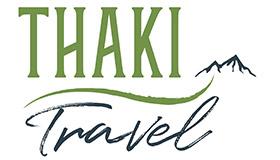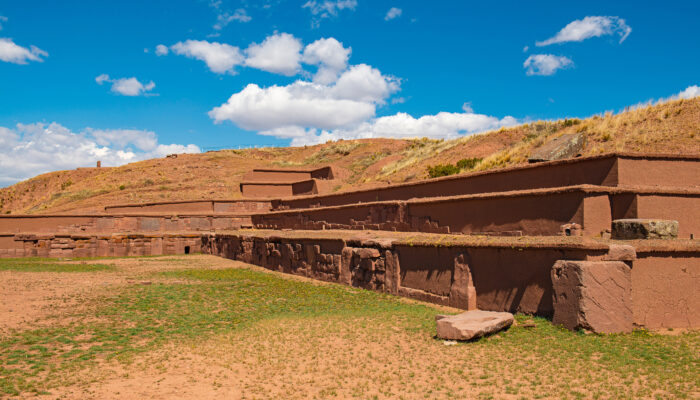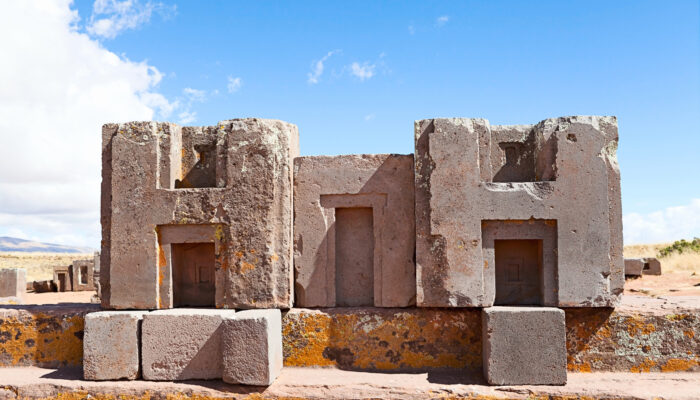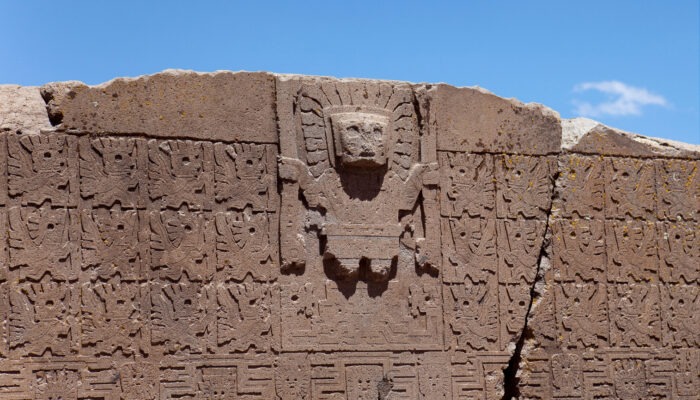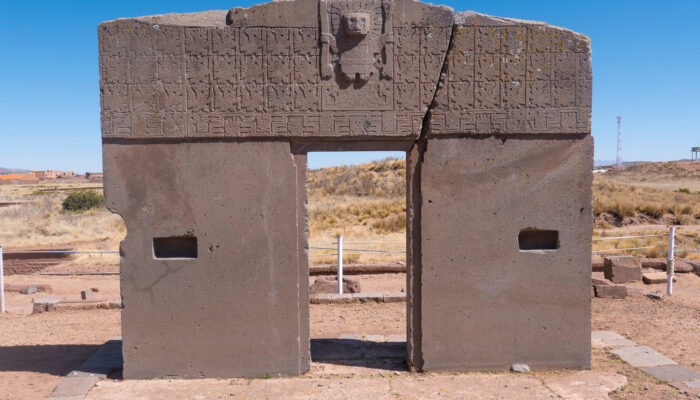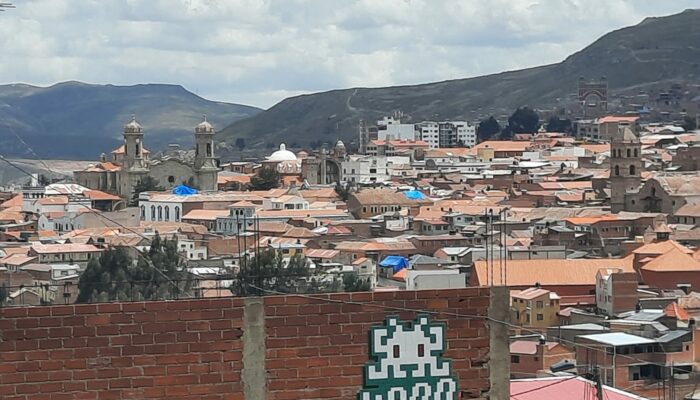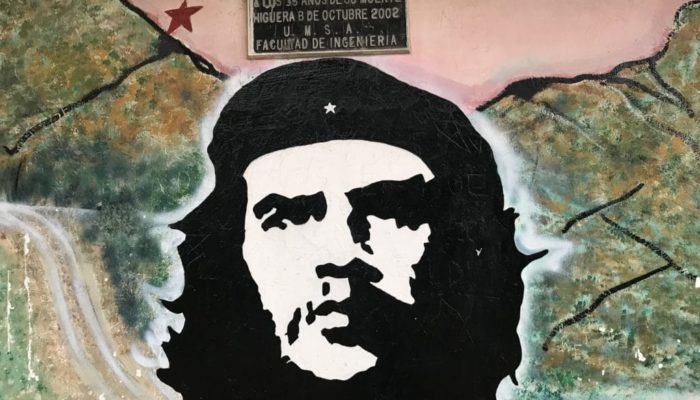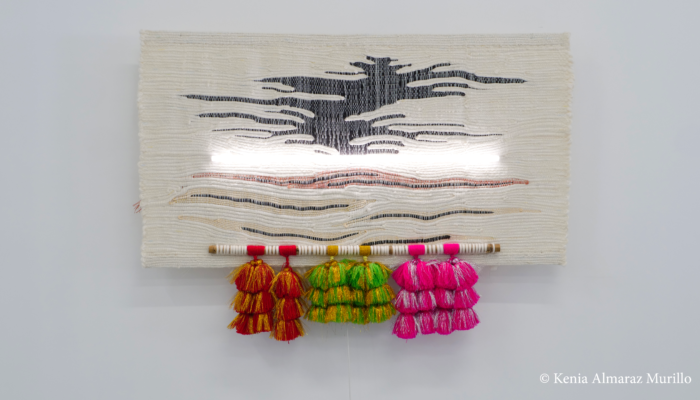In France, 21 June is associated with the Fête de la Musique. In Bolivia, however, the date is also a day of celebration, as for the Aymara community it marks the start of the new year. Every 21 June, a gigantic event is held at the emblematic Bolivian site of Tiwanaku.
To mark the Aymara New Year, Thaki Voyage wanted to take you back in time to follow in the footsteps of this traditional ceremony, but also to the heart of this superb archaeological site, with its remarkable cultural wealth, which is sure to dazzle history lovers.
Built on the southern shore of Lake Titicaca, at an altitude of 3,879 metres, the centre is definitely a must-see during your stay, so join us as we explore this mysterious city and celebrate the Aymara New Year together!
At sunrise, a new sun rises for the Aymaras
But what happens on 21 June? This day was not chosen by chance by the Aymara population, because every year on this precise date an astrological event occurs, known as the solstice. During this solstice, the Aymaras celebrate the return of the new sun, waiting for its rays to dazzle and cover the entire Tiwanaku site in warmth.
This colourful and beautiful ceremony heralds the arrival of a new year and the start of an unforgettable celebration.
Called Machaq Mara in Aymara, the Aymara New Year in Tiwanaku attracts many visitors from all over the world to discover all the customs of this Bolivian ethnic group.
During the festivities, a fair is organised by craftsmen, at which the Singani drink is served in abundance. People also chew coca and dance until dawn.
The first light of the sun is the ideal time to enjoy this traditional event. During this great ceremony and in contact with this burning star, the imagination catches fire and invites you to experience the history of this lost civilisation.
Between the ruins and the pre-Inca remains, you’ll get a magnificent glimpse of what life was like in Tiwanaku millions of years ago!
The Tiwanaku site: a religious and ceremonial centre
If you can’t make it on 21 June, don’t worry, you can still marvel at the heart of the Tiwanaku site all year round, as it’s easily accessible from La Paz, which is why Thaki Voyage has made it an essential visit on your Andean tour.
Immerse yourself in the history, mysteries and myths of the Aymara civilisation, to which we regularly refer. You can read our previous article about this community.
Although we have little information about the people who built the Tiwanaku centre, we do know that this civilisation emerged around 600 BC, leaving traces of its passage through the region of the Inca Empire. The site itself was built around 700 BC. It is unlikely to have been the capital of a city, but rather a ceremonial centre for the regions south of Lake Titicaca. More than 20,000 people lived there.
Among the monoliths and vaulted passageways, discover the many treasures of this Bolivian site, such as the anthropomorphic stone statues. Indeed, stone is at the heart of Tiwanaku, as the site’s name is said to mean: the stone of the centre.
As you travel back in time, you’ll come across some superb megaphones, the Akapana Pyramid, described as the most remarkable building on the site, the Kalasasaya ritual platform, the Palace of the Sarcophagi and, of course, the Puma Punku temple.
The site also features a museum with a collection of ceramics, where you can see objects such as pottery that belonged to the inhabitants of Tiwanaku society. While these objects have remained on the traditional site or in La Paz, at the Museo Nacional de Arqueología Tiwanaku, others are hidden in several European museums or were looted by the Spanish during the conquest of American lands in the southern hemisphere and are therefore unfortunately lost.
La Puerta del Sol : unforgettable !
Special focus on the most famous work on the site: La puerta del Sol.
The gateway served as a calendar and was dedicated to the God of the Sun. The sun’s rays were used to touch specific signs during the equinoxes and solstices.
You may already be familiar with this door. You may have seen it on television, during the opening credits of the cartoon Les Mystérieuses Cités d’Or (The Mysterious Cities of Gold), which appeared in France in the 1980s. This children’s animation highlighted this very impressive building, which weighs 44 tonnes. The works of art built by the Tiwanaku civilisation greatly intrigued the Spaniards, and for good reason: the weights they had to carry were quite simply impossible to lift. So how did they manage to transport these stones? The Aymaras replied that the stones were built with the help of the god Viracocha. The Sun Gate is made of volcanic stone and is carved from a single block of andesite.
Also, when the sun is out in Bolivia, the moon is never far away, as we already noted in our April article, in the heart of the town of Copacabana, the starting point for the Isla del Sol and the Luna!
Although the two stars go hand in hand, the Sun Gate is much more important than the Moon Gate. Although identical, the Puerta de la Luna is smaller and decorated with zoomorphic sculptures.
The Tiwanaku culture was already the symbol of a great architectural advance before the Inca domination. Thaki Voyage invites you to write to us so that you can soak up the atmosphere of the site. We can organise a superb stay for you before, during or after the Aymara New Year on 21 June, so don’t hesitate to contact us. We hope to see you soon and, above all, we wish you all a happy Aymara New Year!
Mathilde Leroux
